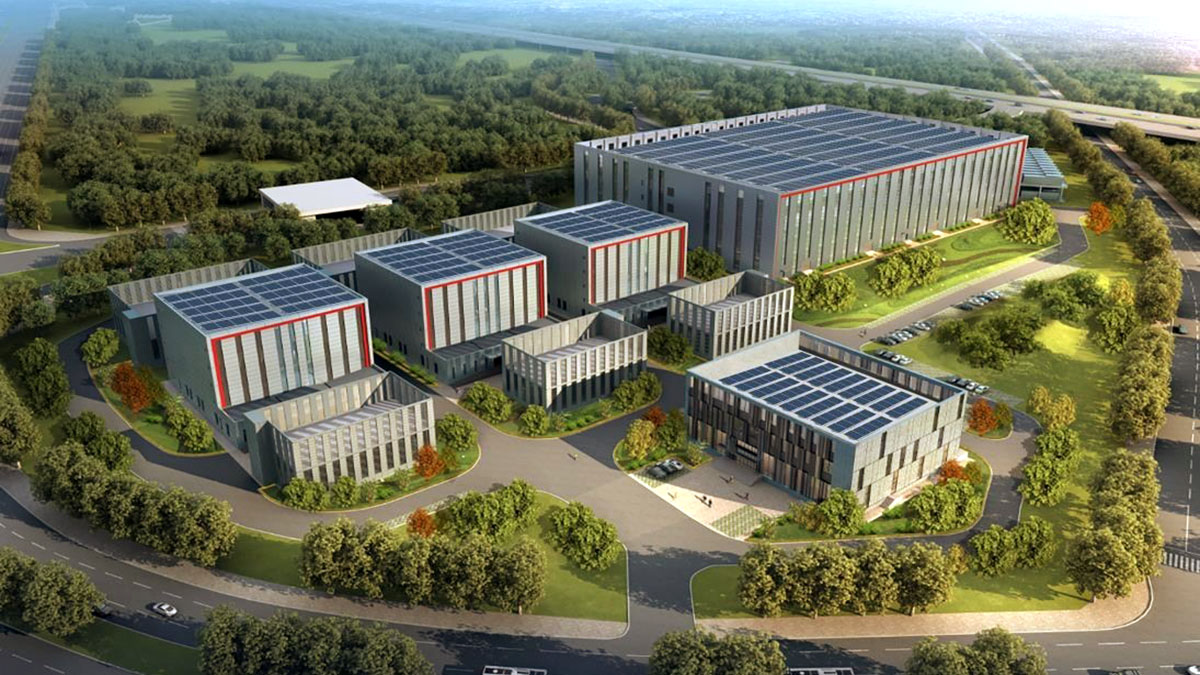As carbon neutrality becomes the world’s most urgent mission, the demand for low-carbon and green data centres is on the rise. Huawei, a leading digital infrastructure provider, sets to showcase its energy-efficient prefabricated modular data centre solution at the upcoming MWC 2022, which will run from February 28 to March 3 in Barcelona, Spain.
To address challenges facing traditional data centre at MWC, Huawei adheres to the “modular + intelligent” design concept and reshapes the architecture, cooling, O&M, and power supply to build simplified, green, intelligent, and secure next-generation data centres. Huawei’s solution is widely used in green and low-carbon data centre construction, helping carriers achieve carbon neutrality goals and optimize the data centre performance.
Expanded digital services force data centres to scale up the infrastructure and complicate the architecture. Construction, deployment, O&M, and management become time-consuming and labour-intensive. Carriers are troubled by the long construction period, high energy consumption, difficult O&M, and low reliability of traditional data centre solutions.
The prefabricated modular data centre provides an ideal solution. The LEGO-like construction mode enables flexible configuration and assembly of different modules. Data centres can be quickly built and expanded, shortening the construction period and lowering costs. This solution is quickly applied to large data centres that require frequent scaling, especially carriers’ data centres.
Huawei has developed four steps to help plan, construct and manage the next-generation intelligent, green data centres, including reshaping architecture, reshaping cooling, reshaping O&M, and reshaping power supply.
- Reshape architecture: Nowadays, prefabricated modular data centres have become the industry standard. A modular and prefabricated approach enables simplified delivery, cutting the construction cycle from more than 18 months to less than six months. This meets the demand for the fast service launch. Huawei’s prefabricated modular data centre has a 97% assembly rate, and does not produce waste liquid, gas, and solid wastes during construction. The construction water consumption and wastes are reduced by 80%, the recovery rate is over 80%, and the construction carbon emissions are reduced by 90%, achieving green construction throughout the lifecycle.
- Reshape cooling: Most of the electricity in a data centre is consumed by the cooling system, so it is the focus for energy saving and emission reduction. Huawei’s digital iCooling technology and the indirect evaporative cooling solution that maximizes the use of free cooling sources reduce the power usage effectiveness (PUE) value of data centres by between 8% and 15%.
- Reshape O&M: Huawei’s prefabricated modular data centre solution features digital intelligent O&M, which enables autonomous O&M of data centres, cutting O&M costs by around 35%. In addition, refined and intelligent asset capacity management improves resource utilization by about 20%.
- Reshape power supply: To meet the demands for increasing services, the next-generation data centres must adopt standardized and modularized designs to ensure high reliability and stability. Therefore, N+1, N+X, or even 2N design solutions are adopted for power supply and cooling for core devices to achieve higher security levels. Based on the concepts of “more silicon less copper” and “more lithium batteries, fewer lead-acid batteries”, as well as AI-based predictive maintenance, Huawei prefabricated modular data centre solution uses high-density and efficient UPSs and manage all links of the power supply and distribution system in a visualized manner, transforming from passive maintenance to proactive maintenance. These measures ensure the continuous and stable operation of data centres


